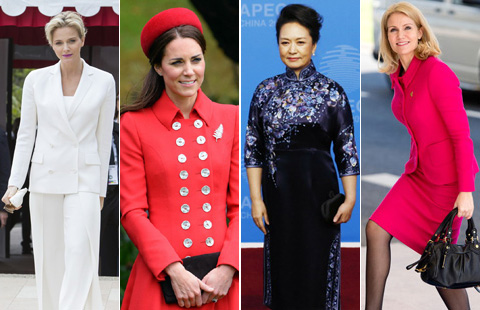
Reform program can inject vitality in the economy and realize more inclusive and environmentally friendly development
China has achieved remarkable economic growth since it launched reform and opening-up in the late 1970s, but the need to improve the quality of its economic growth has become urgent.
To realize real quality growth amid various kinds of challenges and restrictions, China needs to not only depend on its own efforts, but also draw on international experience.
While more needs to be done, progress has been made in China's economic growth.
First, economic efficiency has increased by a large margin. A variety of data show that the rise in China's productivity has been among the fastest in the world over the past 30-plus years. According to research by the University of Pennsylvania, for instance, the average annual growth rate of total factor productivity was more than 3 percent from 1980 to 2011.
Second, the intensive use of resources and energy has decreased remarkably. China's progress in this respect is actually much bigger than people anticipated. From 1978 to 2013, China's energy consumption per unit of gross domestic product decreased by 4 percent on average each year. Were it not for this, China would have consumed another 11.2 billion tons of standard coal last year according to its GDP, three times the actual consumption that year.
Third, the stability of economic growth has improved markedly. From the late 1970s to mid-1990s, China's economic growth fluctuated considerably. Since the mid-1990s the improvements in the economic system and macro control ability have stabilized China's economic growth, except for 2008 when the global crisis broke out the gap in China's economic growth between two consecutive years has been within 1.6 percentage points.
Fourth, more and more people have benefited from China's economic growth. From 1981 to 2010, China lifted more than 670 million people above the World Bank's poverty line of $1.25 a day according to the purchasing power parity of 2005, contributing more than 93 percent in terms of its contribution to global poverty alleviation during that period. At the same time, China's urbanization ratio rose from 17.9 percent in 1978 to 53.7 percent last year. And the permanent urban resident population rose to 710 million from 130 million.
However, despite these achievements, there are many outstanding issues concerning the quality of China's economic growth.
First, the resources, labor and capital China consumes for each unit of its GDP are comparatively more than developed countries. According to a 2012 report by the World Bank, China's labor productivity was less than half that of the Organization for Economic Cooperation and Development countries. China still has a large space to optimize its factors of production distribution, given the wide gaps among different industries and different regions. The second industry's labor productivity is 4.6 times that of the first industry. And the labor productivity of Jiangsu province in East China is 3.2 times that of Yunnan province in Southwest China.
Second, China needs to make its economic growth more environmentally friendly. China's per unit GDP energy consumption is 2.1 times the world average, 2.9 times that of the developed countries, and 2.6 times that of the United States, the world's largest economy. The emissions caused by its energy consumption have seriously polluted the air in China.
Third, the foundation for steady economic growth is not solid enough. China has built the basic framework for a market economic system through more than 30 years of reform. But it still needs to improve the market's role in allocating resources and to have better foresight of developing economic development trends.
When the economy fluctuates, the Chinese government tends to resort to administrative means to stabilize growth. These achieve their targets in the short term, but aggravate imbalances and unsustainable structural conflicts, such as the overcapacity of industries, as well as the risks in government debt and the financial sector.
Fourth, China should make further efforts to let more people enjoy its growth fruits fairly. At the macro level, the national wealth distribution structure is not yet rational. Labor payment's proportion in GDP is too low. It was only 47 percent in 2011, compared with more than 62 percent in the United States and France and the gap with other developed countries is more than 15 percentage points.
At the micro level, there is a big income gap among different groups of people. According to the National Bureau of Statistics, China's Gini coefficient, an index measuring the income gap, still stands at 0.473, above the international warning line of 0.4.
To improve its growth quality, China will make combined use of the market's "invisible hand" and the government's "visible hand" to let the market play a decisive role in allocating resources and let the government fulfill its legal responsibilities, so as to ensure that economic growth can be more environmentally friendly and sustainable, and that more people can enjoy the fruits of growth.
Many of the reform plans made at the Third and Fourth Plenums of the 18th Central Committee of the Communist Party of China are critical to improving growth quality, including cutting the government's direct distribution of resources by a large margin, improving environmental protection, creating new macro administration methods by paying more attention to the market's mechanism to respond to economic fluctuations and accelerating reforms on national wealth distribution and the hukou, or household registration system.
The author is director of the State Council Development Research Center.








